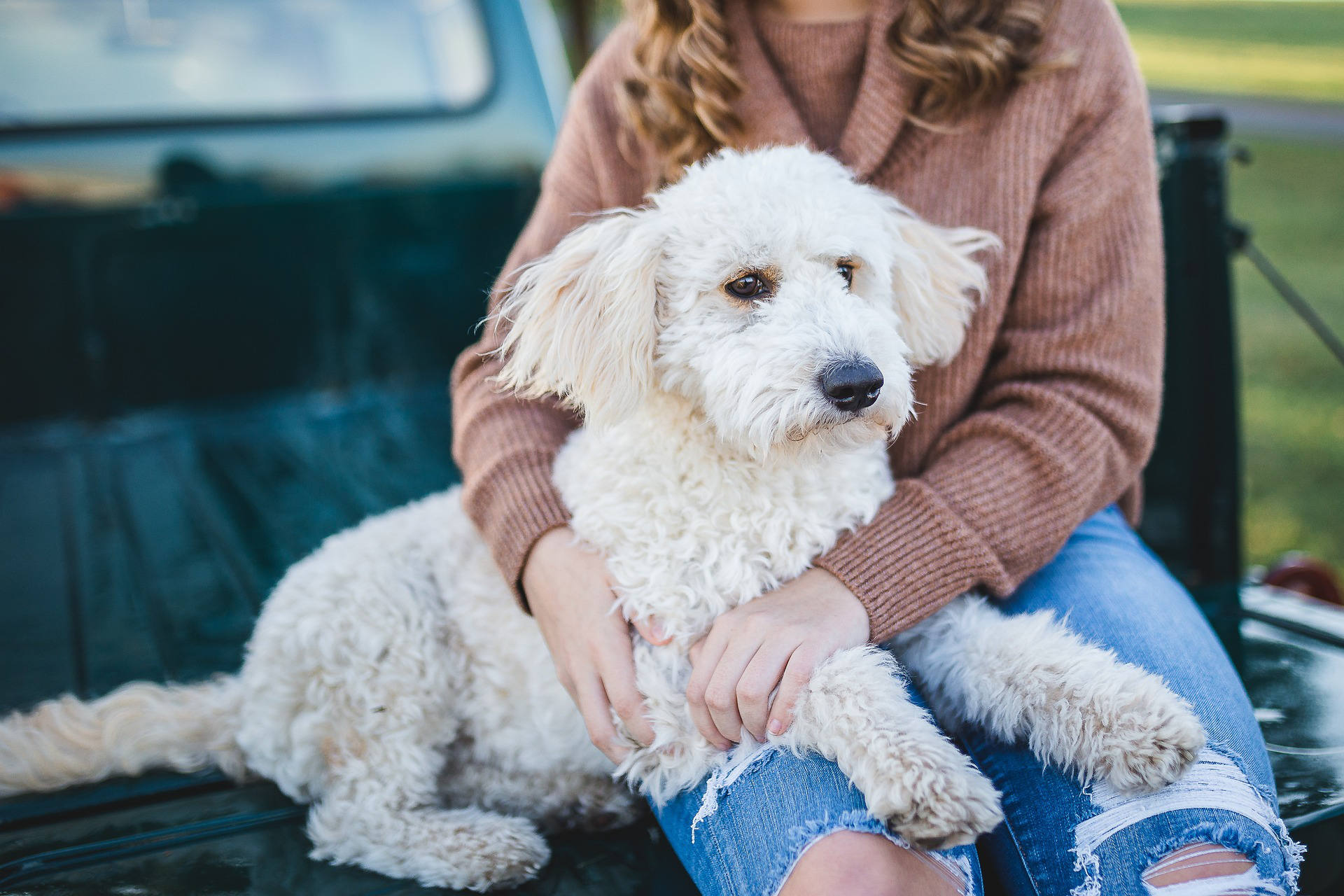Separation anxiety presents itself in various distressing manners, posing challenges for both the pet and its family. Some notable symptoms include destructive behavior, self-harm, urination or defecation indoors, pacing, and vocalization such as barking or whining, among others. Undoubtedly, coping with separation anxiety can be overwhelming for families and deeply unsettling for dogs.
Multiple factors contribute to the development of separation anxiety in dogs. While genetics likely play a role, inevitable common missteps can exacerbate the condition. Understanding these triggers is pivotal in addressing and potentially preventing separation anxiety:
Contents
Insufficient training in acclimating puppies to solitude
Properly introducing puppies to alone time through gradual, positive conditioning is vital. Abruptly transitioning a pup from constant company to prolonged solitude, such as during long work hours, can induce stress and anxiety.
Extended periods of isolation
Leaving dogs alone for excessively long durations, sometimes up to 10-12 hours a day due to work or other commitments, contradicts their social nature and can intensify separation anxiety.
Rehoming experiences
Dogs shuffled between homes may exhibit heightened anxiety when left alone. Moreover, dogs with separation anxiety may face a higher risk of being relinquished by owners, perpetuating the cycle.
Abrupt changes in routine
Major life events like introducing a new family member, relocating, or experiencing loss can disrupt a dog’s established routine, exacerbating or triggering separation anxiety.
The transition from shelter to home
Shelter environments, although necessary, can be distressing for dogs. Moving from a shelter to a home setting introduces new stressors, potentially worsening separation anxiety symptoms.
Early separation from the litter
Research suggests that dogs separated from their litter before 60 days may be predisposed to separation anxiety.
The dog’s genetics
Some dogs may inherit a predisposition to separation anxiety. While preventive measures can mitigate the risk, they do not guarantee immunity from the condition.
Preventing Separation Anxiety: Strategies and Techniques
Preventing separation anxiety requires a proactive approach, particularly when introducing a new puppy or adult dog to its environment. Here are some effective strategies:
Gradual acclimation
During the adjustment period, prioritize spending time with the new dog to foster bonding and gradually introduce brief periods of separation.
Incremental departures
Avoid sudden and prolonged absences, opting for short departures to ease the transition to alone time.
Minimalize departure rituals
Refrain from making dramatic entrances or exits, as this can exacerbate anxiety. Instead, maintain a calm demeanor during departures and arrivals.
Introduce confinement areas
Utilize crates, baby gates, or exercise pens to create a safe area for the dog. Ensure that confinement areas are associated with positive experiences and never used for punishment.
Foster independence
Teach the dog impulse control and independence through training exercises like “place,” encouraging calm behavior in the absence of constant attention.
Enrichment activities
Provide interactive toys and engage in stimulating activities to keep the dog mentally and physically engaged and make departures a positive experience.
Break up extended outings
If leaving for extended periods, consider breaking up the time with short intervals or hiring a dog walker to provide companionship and stimulation.
Explore daycare options
For dogs comfortable in social settings, daycare can offer socialization opportunities and alleviate separation anxiety during extended absences.
While separation anxiety may not always be preventable, implementing these preventive measures increases the likelihood of a smooth adjustment for the dog and its family. By proactively addressing triggers and fostering independence, owners can mitigate the impact of separation anxiety on their beloved pets.


Leave A Comment